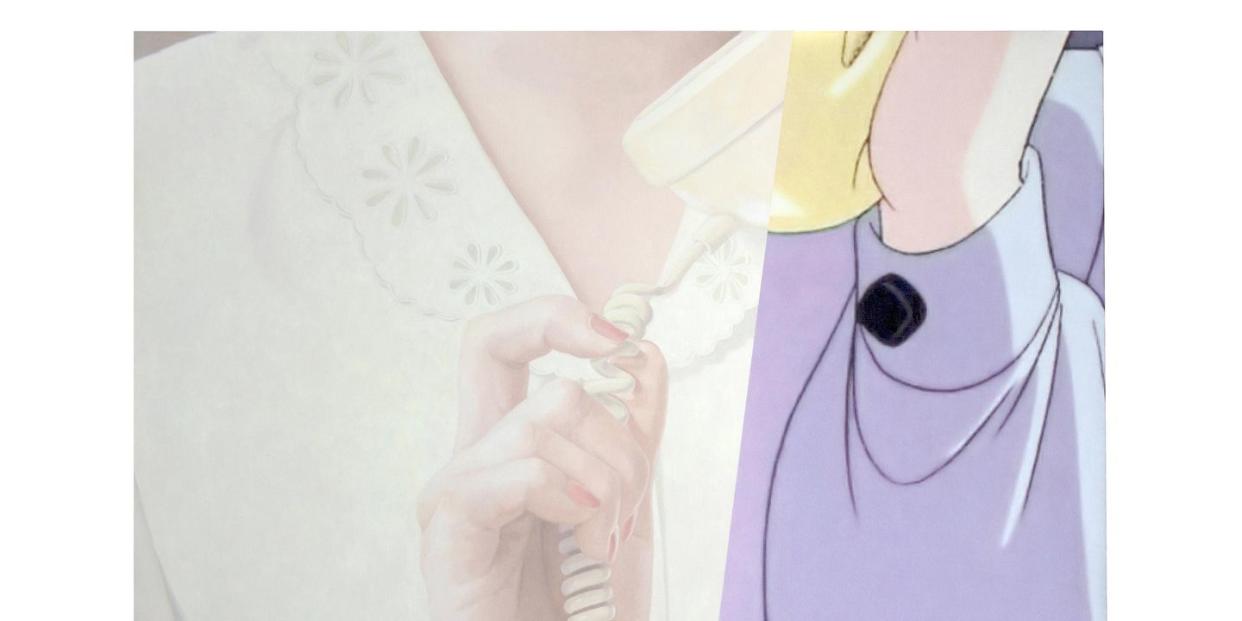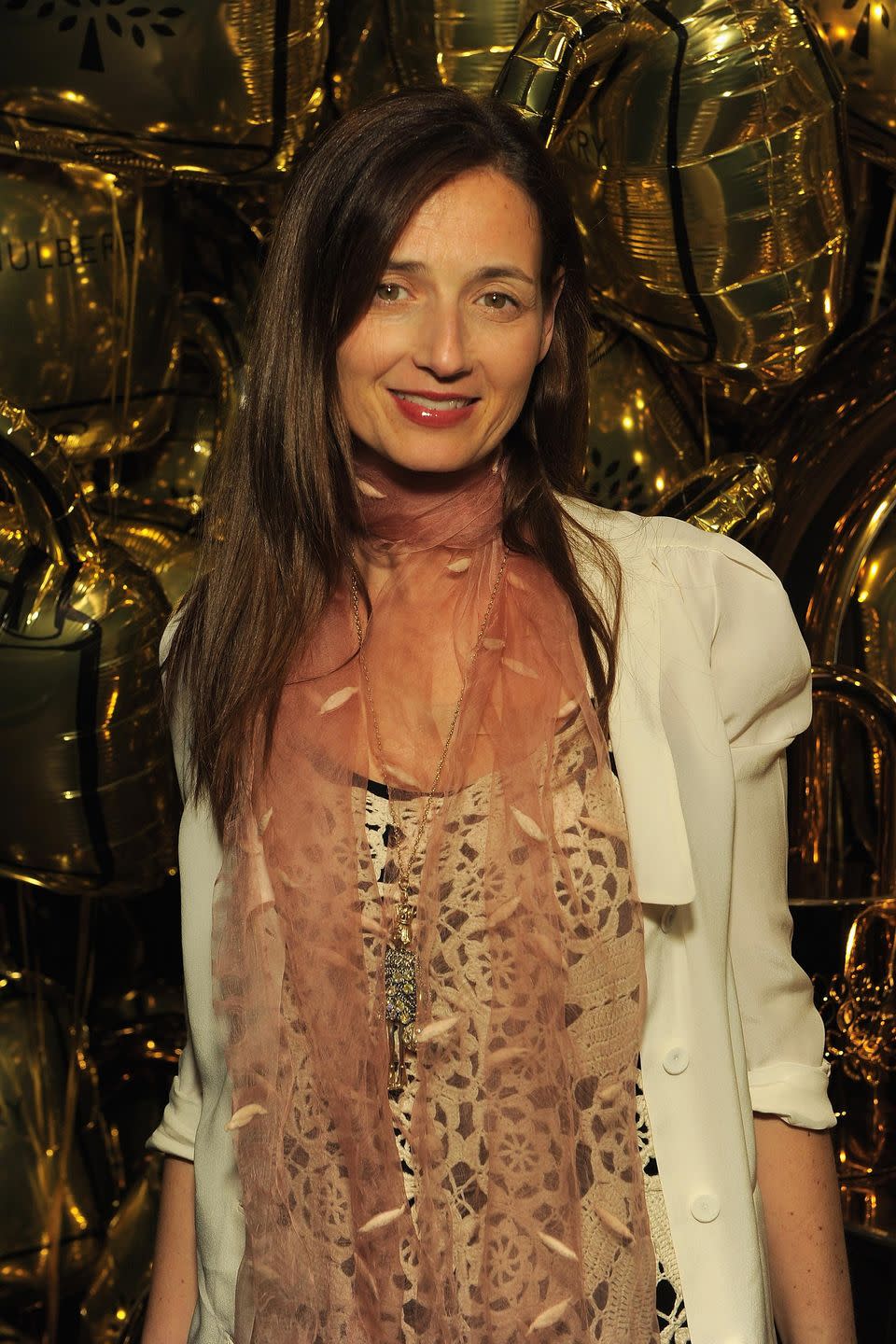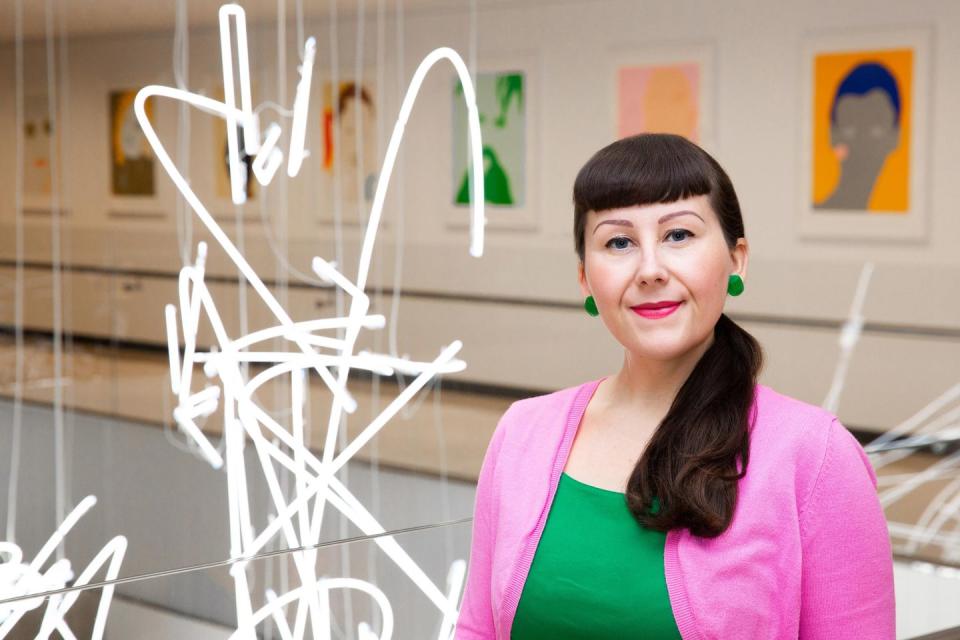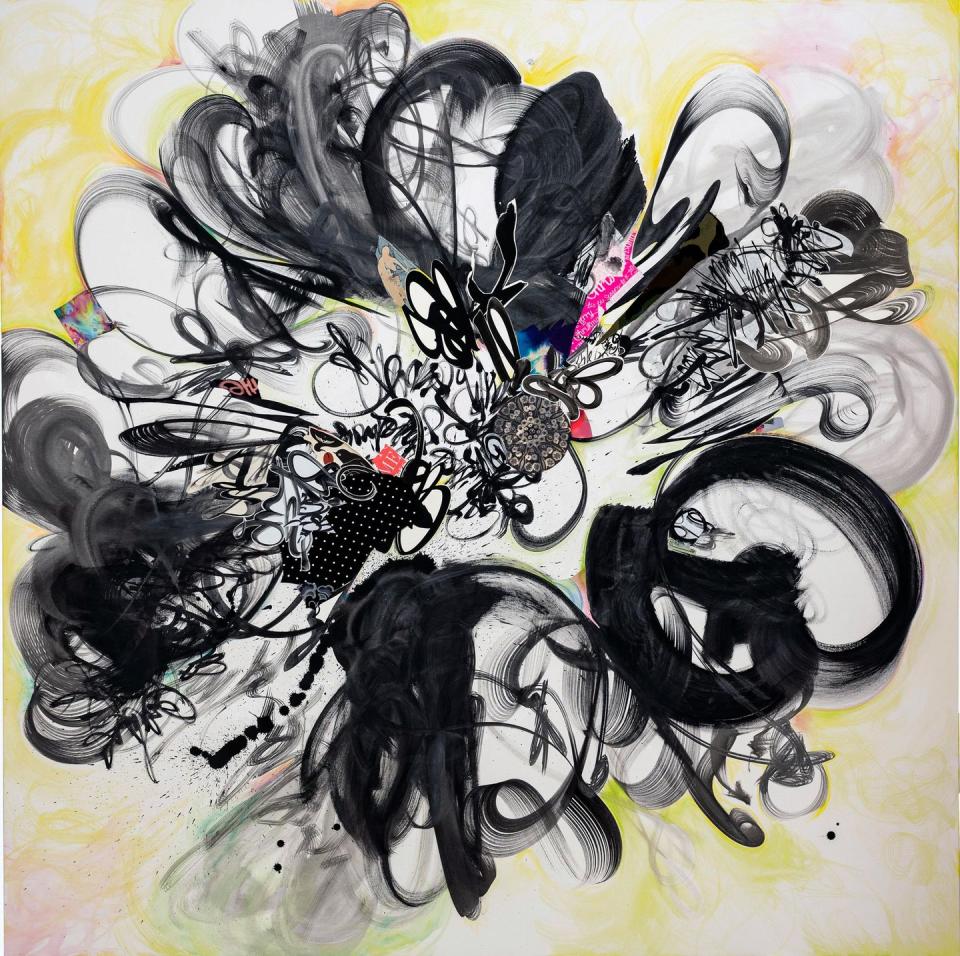How to safeguard the future of the visual arts

When the most-visited museum in the UK – London’s Tate Modern – shut its doors on 17 March, it was only the start of a flurry of closures in the art sector that were soon to become mandatory for galleries, auction houses and studios. With no confirmed reopening date in sight or most large arts venues (these are deemed ‘higher-risk’ by the government and are therefore subject to more careful monitoring), the year ahead is bound to be challenging for an already cash-strapped industry. Yet paradoxically, the past few months of isolation have, more than ever, shown us the value of culture in connecting us across seemingly impossible divides.
Whether we have been admiring the countless rainbow drawings decorating the windows of people’s homes or logging on to one of the many free-to-view online exhibitions hosted by British galleries, art has been a valuable source of solace in turbulent times. For Candida Gertler, a leading art philanthropist who co-founded the Outset Contemporary Art Fund in 2003, this is clear evidence that culture is an essential, not a luxury. “It’s elementary for a healthy society, especially in times like this, because it stops us from descending into depression,” she argues. “Damage to our mental health can come at a huge cost, so there’s no better long-term investment a business can make in terms of promoting wellbeing.”

One such business is UBS, which has a 60-year history of collecting contemporary art and has maintained its commitment to the sector throughout the pandemic. Louise Evans, who is responsible for curating, managing and developing the UBS Art Collection across Northern Europe, the Middle East and Africa, emphasises the importance of continuing to support artists. “They are the spokespeople of our time,” she says. “We believe art has the power to inspire and provide insight into our complex world, to open up questions and to examine the legacy we have as individuals.”
As well as continuing to collect from the primary market during the pandemic (Hong Kong’s Sarah Lai and Taiwan’s Wu Chi-Tsung are two very recent examples), the firm has been able to adapt its strategy for art-engagement programming, focusing on openly accessible online platforms. UBS Open Studios, a collaboration between UBS Israel and Fresh Fair, Tel Aviv (UBS has been the art fair’s main partner since 2013), is a new series of videos designed to share stories of Israeli artists whose exhibitions or projects have been affected by the coronavirus pandemic. Among these is Elie Shamir, whose solo exhibition at the Herzliya Museum of Contemporary Art Israel, to which UBS had loaned a painting, was temporarily closed during the crisis.

As in other sectors, there is a risk that women in the art world bear the brunt of the pandemic’s negative impact, warns Gertler. “At times like this, when cash is stretched, female artists and employees may suffer disproportionately, not by design but because we haven’t addressed certain historic inequalities, such as the fact that the burden of housework and home-schooling often falls on women,” she says. “But with men taking on more and more responsibilities, we are hopefully becoming more resilient.” There are, fortunately, signs of positive progress in the global art market: according to a recent survey of 1,300 high-net-worth collectors commissioned by UBS Investor Watch and Arts Economics, female art buyers, although fewer in number, had a higher average spending level than their male counterparts over the past two years, paid a higher maximum price ($2.7 million, compared with $1.9 million for men) and owned a larger number of artworks. Crucially, they also tended to collect more pieces by female artists, suggesting that greater purchasing power among women can help drive greater diversity in the market, and vice versa.

UBS is playing its own part in contributing to this virtuous circle, having always supported female artists through its collecting and commissioning strategy. The Los Angeles-based artist Shinique Smith’s commission for the UBS Lounge at last year’s edition of Art Basel Miami Beach – new paintings, a site-specific installation and sculptures made from recycled textiles to raise awareness for sustainability, all subsequently exhibited at the UBS Art Gallery in Manhattan earlier this year – follows successful collaborations with Sarah Morris and Shahzia Sikander at the fair. Meanwhile, here in London, the ambitious rehang at UBS 5 Broadgate features a strong showing of women from the Young British Artists movement of the late 1980s and ’90s, including Tracey Emin, Angela Bulloch, Fiona Banner and Sam Taylor-Johnson. Actively championing female artists does not, of course, come at the detriment of supporting male artists. “As always with issues of diversity and equality, you want to come to an equilibrium,” says Evans.

If there is a silver lining to the current public-health crisis, it is surely the fact that our unexpected transition to virtual communication has, paradoxically, enabled us to connect on a worldwide scale – and, as such, has made diversity more achievable. After the Outset used its social-media channels to announce the provision of £270 million worth of grants earlier this year, it received a swathe of applications from all corners of the world, including one from a Canadian establishment asking for support for indigenous artists from the Arctic and the Amazon. “It shows that we’re broadening our horizons and building more connections globally,” says Gertler.
Evans agrees that the art world’s growing digital presence can only be beneficial to both those working in the industry and those looking to make purchases. “Being more connected will hopefully make events such as art fairs more accessible to potential buyers, while giving artists better access to curators, collectors and galleries,” says Evans. With tenacity, an open-minded outlook and the promise of support at both an individual and an institutional level, it seems that the post-pandemic art sector may look stronger than ever.

How to start an art collection: your five-point guide
1. DO treat this as a passion project, not an asset class. “Buy something that you love andwant to live with, rather than viewing it as a financial transaction – look for a piece that challenges you and that you have a connection with,” says Evans.
2. DON’T rush into things. “Collecting is an emotional investment that should take time to make,” advises Gertler. “I’ve always compared learning about art to learning a language –no one expects you to understand Shakespeare straight off, because there are so many new words to get to grips with!”
3. DO your research. “Attend as many talks as you can, speak to curators, go to museums (once they reopen) and consider joining a membership scheme for access to private views and events,” recommends Evans. “It’s also worth visiting artists’ studios if you can, because that gives you such a rich insight into their process and practice.”
4. DON’T buy too early. “Find the right galleries, look for the roster of artists who are compatible with your personal taste, and invest time in going to see their programme for a year or even two,” says Gertler. “Don’t worry about living with empty walls in the meantime – it’s a privilege to have that space and to be able to fill them with things you love.”
5. DO keep an open mind. “Some people say they’re only interested in collecting a certain type of art,” notes Gertler, “but personally, I wouldn’t restrict myself in that way, especially now we have the opportunity to look further afield.” Evans agrees: “Technology has come to the fore during this crisis, making it easier to connect with artists from around the world. Why not take advantage of that?”
You Might Also Like


